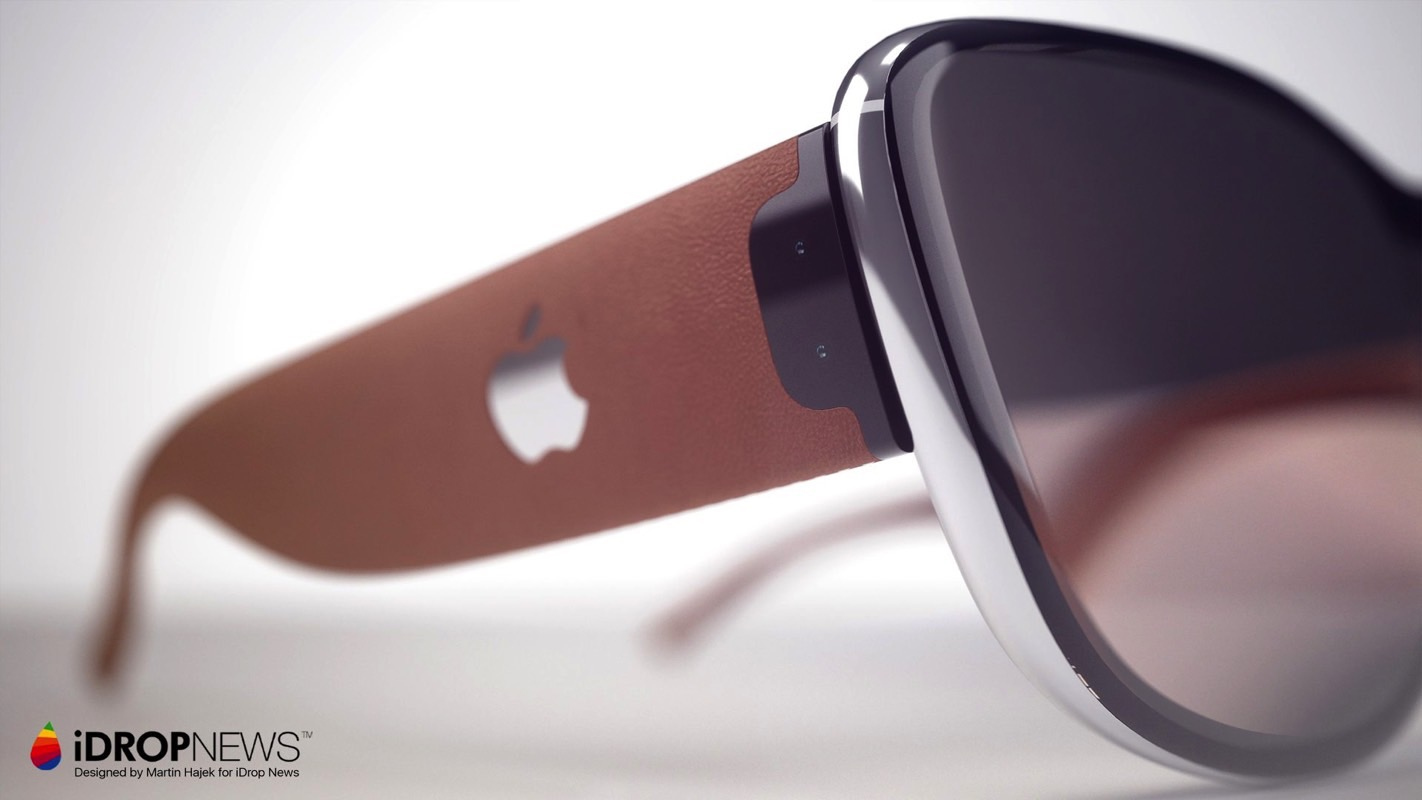Apple Glasses could skip the display and beam images into your eyes

It’s exciting to wonder what sort of things Apple will be doing with Apple Glasses, the augmented reality specs that are likely to be the company’s most futuristic product to date. One of the biggest questions, however, is how they’re going to work; a new patent filing might shed some light on that.
According to the patent (via AppleInsider), Apple Glasses could project images directly onto your eyeballs — effectively bypassing the need for any sort of display. How this would work with a new patent that describes a new form of “privacy eyewear," is unclear.
- Everything we know about Apple Glasses so far
- iPhone 13 review: The best iPhone for most people
- Plus: iPhone 14 concept renders showcase insane sliding design
The tech is described as a ‘direct retinal projector’ that's obviously going to draw comparisons with Apple’s existing Retina display technology. Except this time it would be more literal, rather than a fancy word for Apple’s contrarian screen resolution choices.
But enough about that, let’s back to the real hero of this story: the technology.
In the patent Apple claims that having a screen in front of your eyes can be disorienting, because the user is always consciously aware that they’re looking at the world through a display. That can lead to eyestrain, headaches or nausea, which are issues people have been having with VR and AR systems since their inception.
It sounds absolutely insane to deliberately beam light directly into the pupil, but this idea isn’t exactly new. In fact, Intel already developed a pair of glasses with retinal projection back in 2018. Called Vaunt, the glasses fired a laser just below your eye, letting you glance down to see the display whenever you felt like it.
Apple just seems to be taking that idea a step further to ensure its own retinal projection is beamed into your pupil at all times.
Get instant access to breaking news, the hottest reviews, great deals and helpful tips.

Apple also notes that generating content on a screen right in front of the eyes adds to this. All because the brain expects that object to be off in the distance, and focuses the eyes accordingly, when in reality it’s just projected onto a display that’s less than an inch away.
But projecting images directly onto the eyes mimics the natural way eyes take in light, which should theoretically avoid a lot of these issues. From the looks of things this design includes an eye-tracking system to see where you’re looking, and uses a system of mirrors to reflect light directly into your pupil.

There’s still a lot we can’t glean from this patent, though, since it focuses on how the actual retinal projection mechanism works. We don’t know what sort of imagery Apple will be able to project this way, and whether it will include complex images or something similar to the red monochrome image Vaunt glasses projected.
There’s also no mention of controlling what you see, how strong the light itself will be or whether this projection system will offer any weight-based benefits compared to a traditional display. Because ensuring Apple Glasses are light and comfortable enough to wear throughout the day is another big obstacle — and something other AR glasses don't always manage to do.
Still it’s exciting to see how Apple is approaching the problems posed by wearable AR specs, assuming this technology is actually going to be employed in the final product. After all patents aren’t a guarantee that something will be employed, only that a company has spent time trying to develop it.
The Apple Glasses aren’t expected to arrive until the middle of the decade; and Apple being Apple, that would only be a soft deadline. That means the Apple Glasses will only arrive when Apple is satisfied with the final product, no master how long it takes. Until then there's always the upcoming Apple VR and mixed reality headset.

Tom is the Tom's Guide's UK Phones Editor, tackling the latest smartphone news and vocally expressing his opinions about upcoming features or changes. It's long way from his days as editor of Gizmodo UK, when pretty much everything was on the table. He’s usually found trying to squeeze another giant Lego set onto the shelf, draining very large cups of coffee, or complaining about how terrible his Smart TV is.
